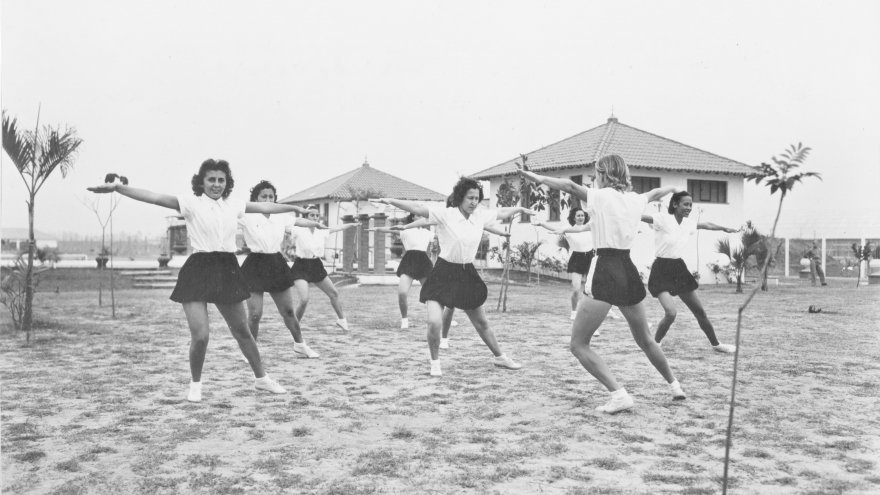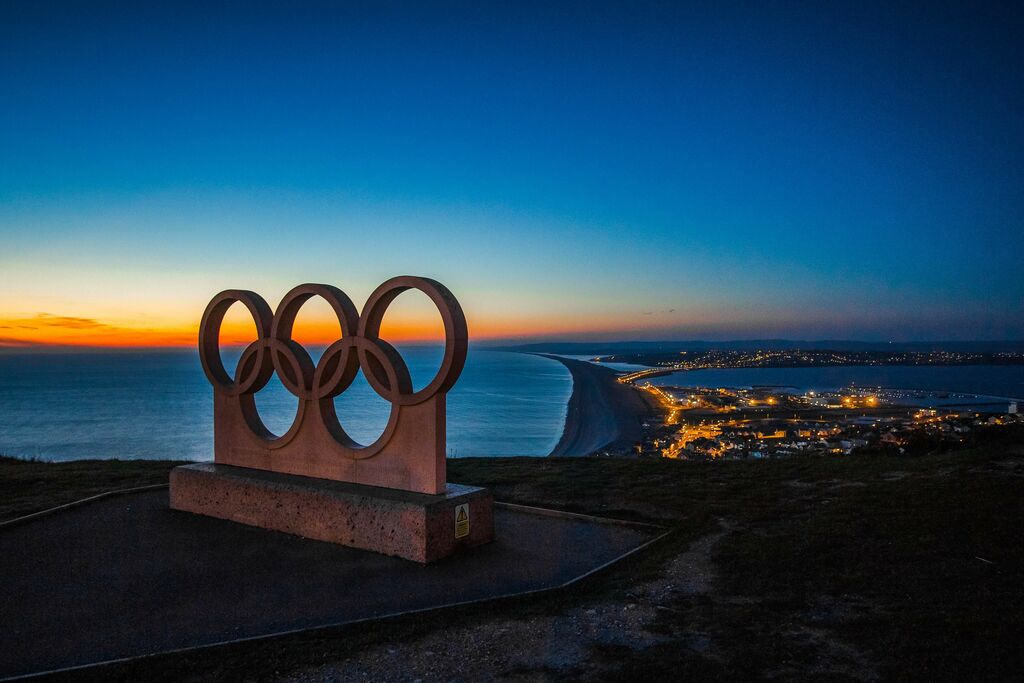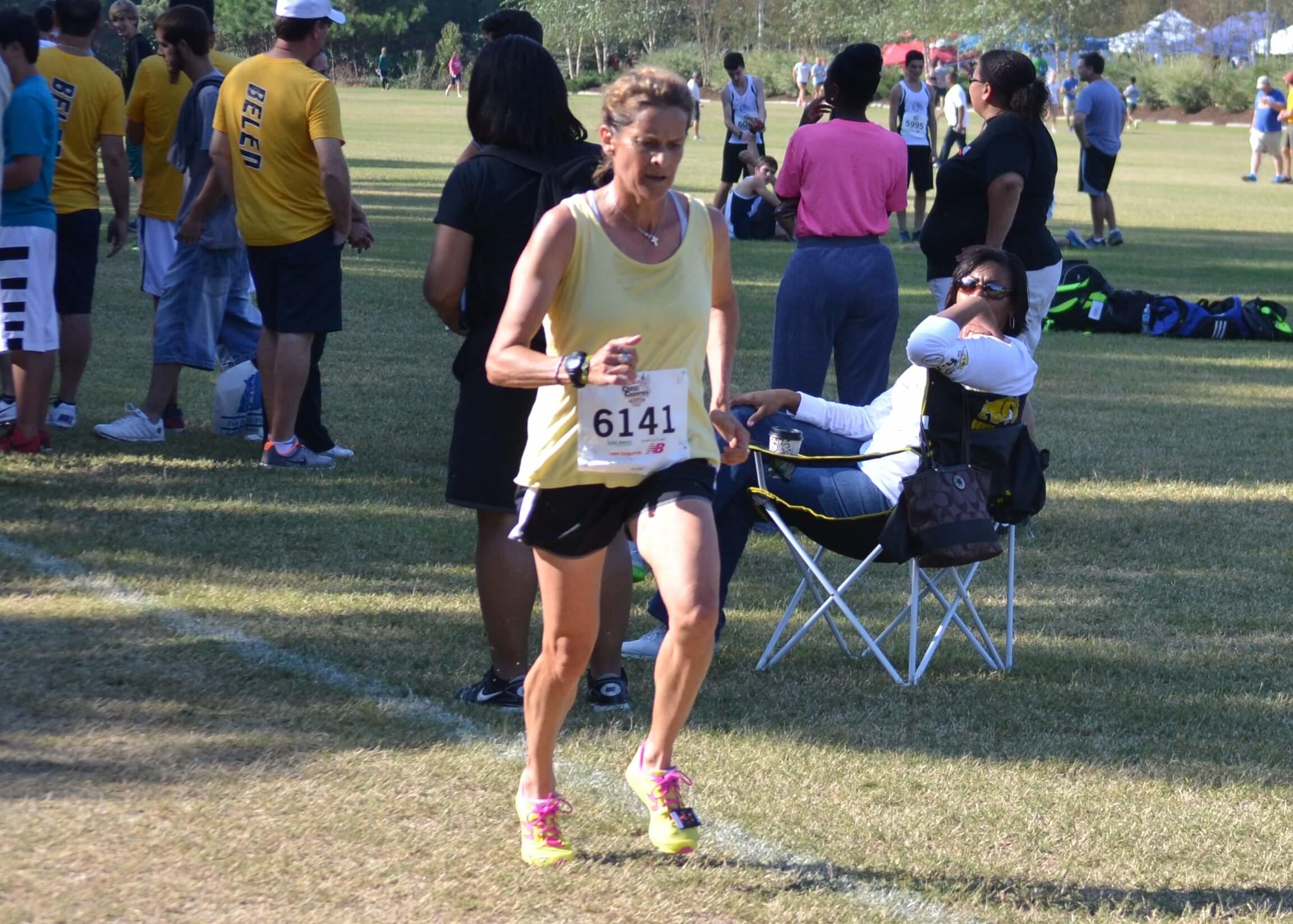Pivotal Moments in History for Women in Running

When we look at popular road races nowadays, female entry numbers usually far supersedes that of males. It is hard to imagine that the previous generation of women runners had things much different than what we have them today. Here are a few pivotal moments in the history of women in running.
Marathons open to women

It wasn’t until 1972 that women were allowed to run the Boston Marathon, the world’s longest running marathon. In 1967 Kathrine Switzer became a women’s running icon by becoming the first woman to run the Boston Marathon when only men were allowed.
A mere twenty years old, Switzer entered the race under the name K.V. Switzer and had an official bib, although the race organisers didn’t realise she was female. When a race official tried to pull her off the race mid-course, her boyfriend body-blocked him and she finished the race.
Switzer won the New York marathon in 1974 in a time of 3:07:29 (59th overall). Her personal record on the marathon distance was at the Boston Marathon in 1975 when she came second with a time of 2:51:37. On April 17, 2017, Switzer completed the Boston marathon at age 70. She bore race number 261, the same number she ran under in 1967. Race organisers has now retired this race number in her honour.
Invention of the sports bra

Browsing the bra section at your local sports retailer, it is really hard to imagine that the sports bra was invented a mere 40 years ago. Running became fashionable in the mid-1970’s, but many women found it very uncomfortable running with the puppies virtually on the loose. Running with their every-day bras had them deal with sore breasts, slipping bra straps, chafing and wires digging into flesh.
Lisa Lindahl didn’t question running in her normal bra until her sister, Victoria Woodrow, complained that the bouncing boobs was making running near impossible for her. “Why isn’t there a jockstrap for women?”, Victoria exclaimed. Lisa enlisted the help of Polly Smith, a local costume designer, to play around with some ideas on how to tame the twins.
One day Lisa’s husband came in horsing around with a jockstrap on his chest. “Here’s your jockbra!”, he joked. The name stuck, and the first prototype of the Jogbra saw the light when Polly sowed two jock straps together.
Inauguration of the Olympic Marathon for Women

With the enactment of the amendments to the US Title IX legislation in 1972, women were allowed to participate in more sports than in the past, including marathons. Despite this, the longest distance that women could compete in at the 1980 Summer Olympics in Moscow was still the 1500m. The International Olympic Committee felt that distance running was too strenuous for women.
In 1980, the American College of Sports Medicine supported the instatement of the women’s Olympic marathon by stating that there was no evidence that long distance running was harmful to well trained and healthy women athletes.
The first Olympic marathon for women was held in 1984 in Los Angeles. Joan Benoit from the US, aged 27 at the time, won the race in 2:24:52. Benoit beat Grete Waitz, former world record holder, by several hundred meters.
The fall

Zola Budd, by chucka_nc. Licenced under CC BY-SA 2.0
In August 1984, Zola Budd and Mary Decker lined up for what was essentially a two-women race for an Olympic gold medal in the 3000m. Zola, the 18 year old South African, was competing under a British passport. She had to endure a lot of international criticism on her way to the starting line, as South Africa was banned from taking part in the Olympics at the time. After Zola (unofficially) bettered Mary’s 5000m record earlier that year, a British newspaper bought rights to her life story and helped her fast track her application for a UK passport.
Mary Decker, 26 at the time, was the Los Angeles home crowd favourite. The race started, and soon Budd and Decker were in the lead. Just after half-way, it appeared that Budd wanted to move in front of her challenger. Decker tripped and fell to the side, leaving Budd to finish the race in 7th place with the infuriated crowd booing all the way. Afterward when Budd wanted to apologise, Decker would have none of it.
In 2016, Sky Atlantic produced a documentary on the incident entitled “The Fall”. During production of the film, Decker and Budd got to bury the ratchet for the first time after 32 years.
Jogging strollers are born
Phil Baechler, a new dad who wanted to spend time with his little one while still enjoying a run, invented the first jogging stroller in 1984. He designed a basic but sturdy three-wheeled pram and replaced the standard baby carriage wheels with bicycle tyres. Two years later, in 1986, Baby Jogger developed the twinner, a jogging stroller for two children.
The woman who won an ultra in a skirt and sandals
Sierra Madre Occidental, by Christian Frausto Bernal. Licenced under CC BY-SA 2.0
In April 2017, María Lorena Ramírez won the female category of the 50km Ultra Trail Cerro Rojo in Puebla, in central Mexico. She outran 500 people from 12 countries wearing a skirt, a scarf and a pair of thin-soled sandals.
Maria is a member of the Tarahumara tribe that lives above the canyons of northern Mexico’s Sierra Madre Occidental. They call themselves the Rarámuri, that loosely translates to “running people”. Maria is a goat herder and walks 10 to 15 km daily, herding her goats. She has performed well in a number of long distances in the past, always wearing traditional clothing and carrying only a bottle of water.
Latest Articles
 Is Running on a Treadmill Easier Than Running Outside?Runners have their own preferences, whether it is treadmill running, running outside on the road, or exploring trails. So...
Is Running on a Treadmill Easier Than Running Outside?Runners have their own preferences, whether it is treadmill running, running outside on the road, or exploring trails. So... Is It OK to Use Trail Running Shoes on the Road?While trail running shoes can be used on roads, especially in situations where a runner encounters mixed terrains or pref...
Is It OK to Use Trail Running Shoes on the Road?While trail running shoes can be used on roads, especially in situations where a runner encounters mixed terrains or pref... How to Fix Sore Quads After Running?Rest, ice, gentle stretching, and over-the-counter pain relievers can help soothe sore quads after running. Also, ensure ...
How to Fix Sore Quads After Running?Rest, ice, gentle stretching, and over-the-counter pain relievers can help soothe sore quads after running. Also, ensure ... 10 Fruits With The Most Electrolytes to Replace Sports DrinksThese fruits are high in electrolytes such as potassium, magnesium, and calcium, essential for hydration, muscle function...
10 Fruits With The Most Electrolytes to Replace Sports DrinksThese fruits are high in electrolytes such as potassium, magnesium, and calcium, essential for hydration, muscle function...


